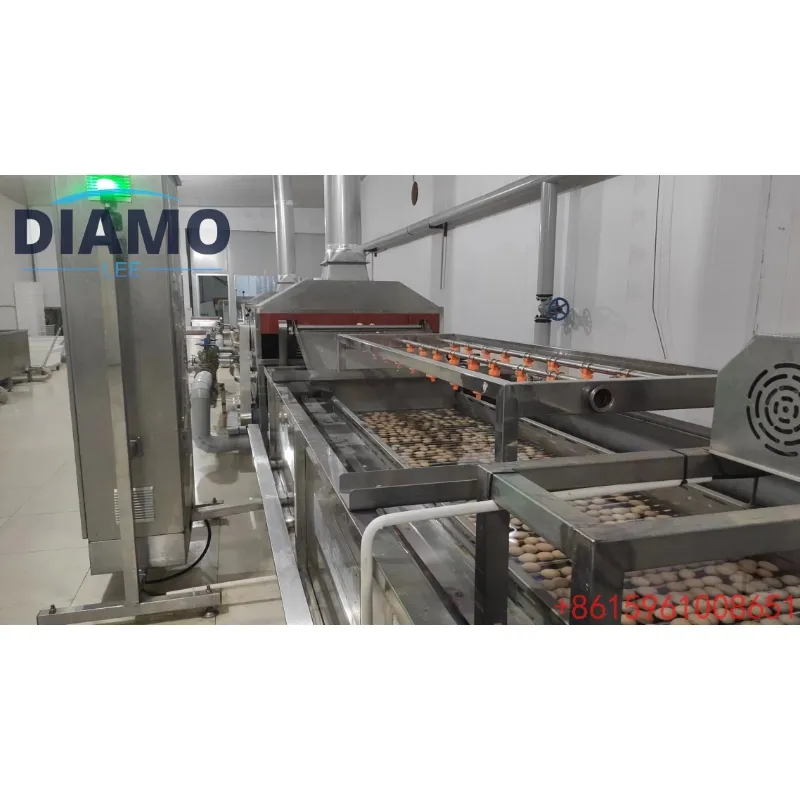Dirección:China
Horario de trabajo :de lunes a viernes: de 7.00 a 19.00 horas
Fines de semana De 10.00 a 17.00 horas
Dirección:China
Horario de trabajo :de lunes a viernes: de 7.00 a 19.00 horas
Fines de semana De 10.00 a 17.00 horas

Boiling eggs may feel simple, but achieving the perfect texture and making shelling easy can be tricky. Follow these detailed way to insure your eggs are boiled just right and peel painlessly.
Water Ice( for the ice bath) Equipment Pot with a lid Slotted ladle Bowl for the ice bath
Avoid Overcooking Keep an eye on the timekeeper to help overcooked thralldom , which can develop a greenish tinge. Use swab or ginger Adding a little swab or ginger to the scorching water may help with shelling. trial with Timing Everyone’s cookstove is different, so you might need to acclimate the timing slightly grounded on your preferences. By following these detailed way, you’ll be suitable to boil eggs impeccably and peel them with ease!
Using an Egg Boiling and shelling Processing Line In an artificial setting, an egg boiling and shelling processing line streamlines the boiling and shelling process.
3. Boiling Eggs enter a boiling chamber where water is hotted
to the asked temperature. The boiling time is controlled for harmonious doneness( generally around 1012 twinkles for hard boiled eggs).
4.Cooling After boiling, eggs are incontinently transferred to a cooling system, frequently using cold water or ice cataracts, to halt the cuisine process and grease shelling.
5.shelling Once cooled, the eggs move to the shelling station. This may use mechanical systems to gently crack and remove the shell, or some lines use water spurts to help in the shelling process.
6.Quality Control Peeled eggs are audited for quality, checking for any remaining shell pieces or damage.
7. Packaging Eventually, the hulled eggs are packaged for trade or farther processing, icing they’re sealed and labeled duly. crucial Considerations robotization numerous lines are automated, reducing labor and adding effectiveness. Temperature and Timing Precise control of water temperature and cuisine time is pivotal for invariant results. drawing and conservation Regular cleaning and conservation of the processing line are essential to insure food safety and outfit life. By following these way, an egg boiling and shelling processing line can efficiently produce impeccably boiled and hulled eggs for marketable use.